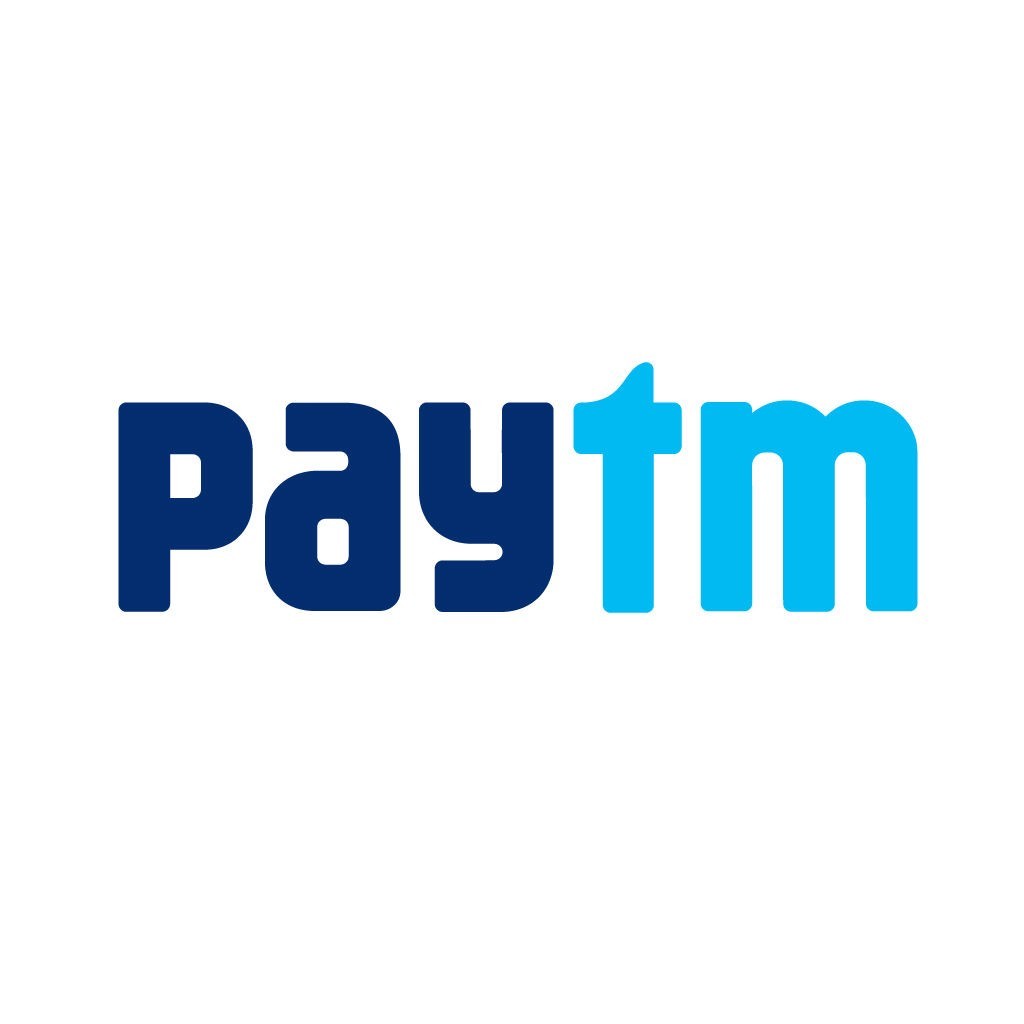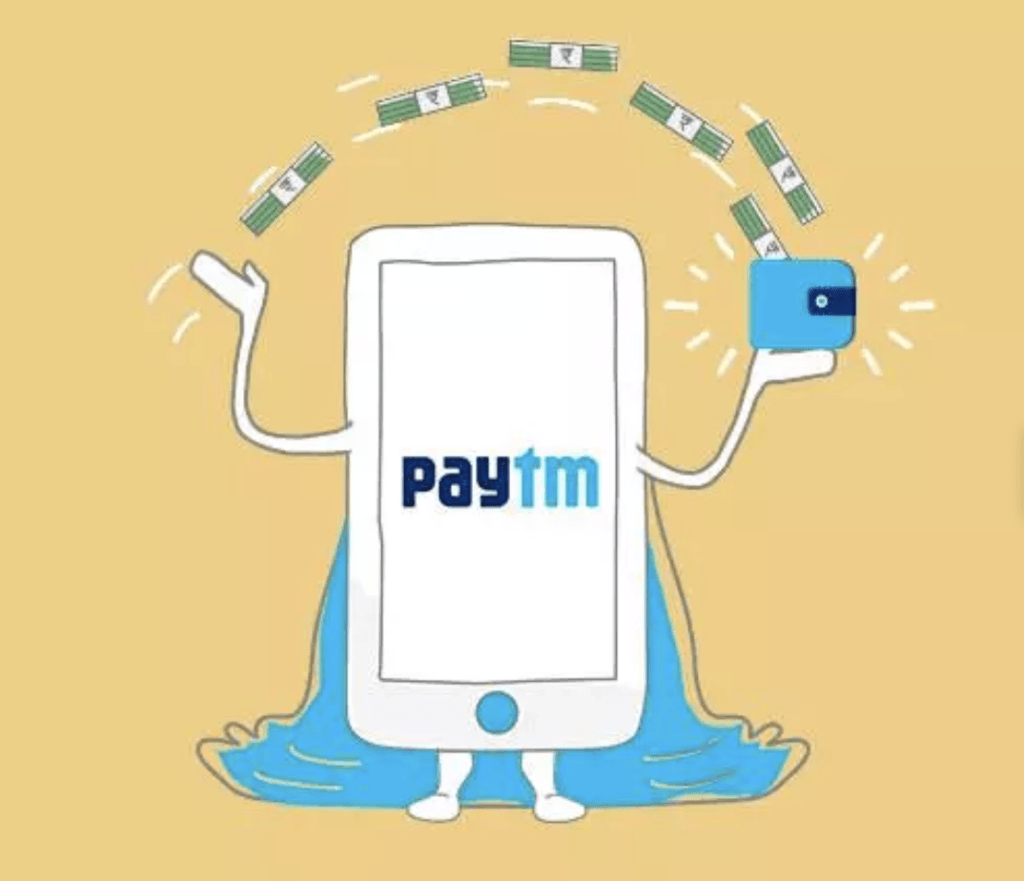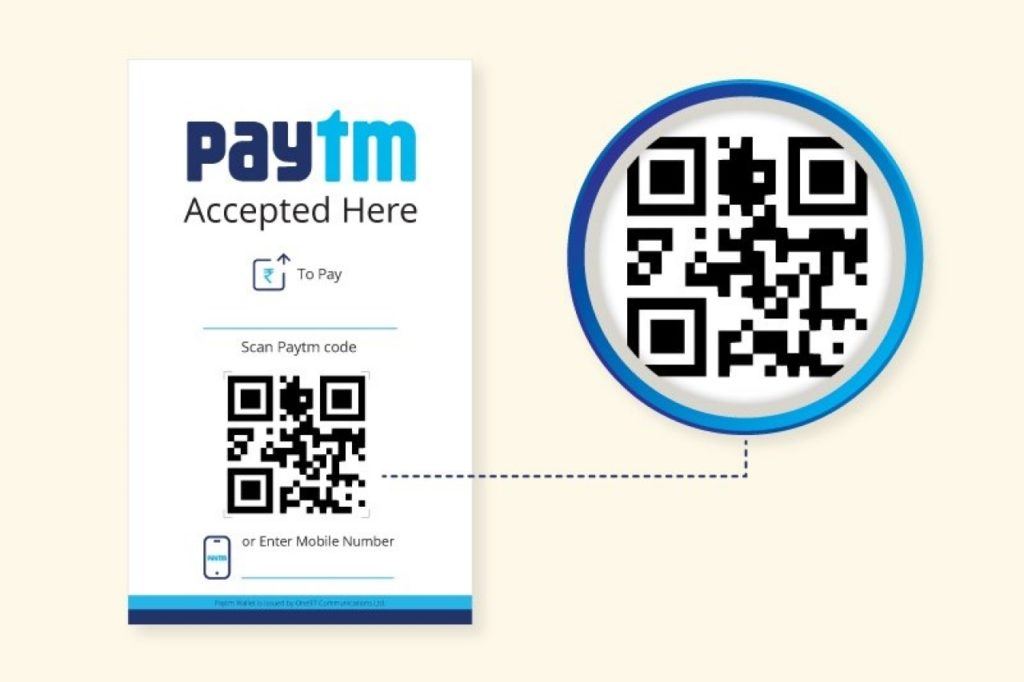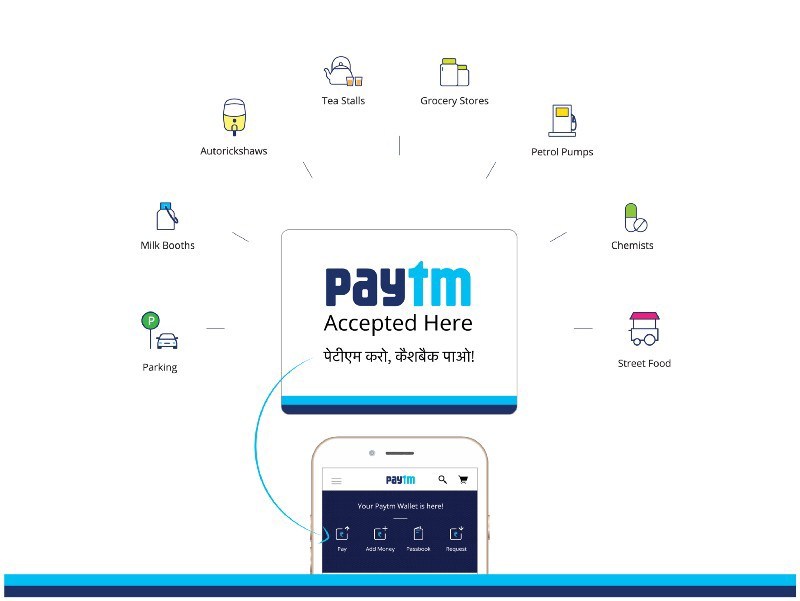PayTm- Disasters are Subjective!

“I always tried to turn every disaster into an opportunity”- John D. Rockerfeller.
This is the story of how Paytm turned one of India’s most recent economic disasters -Demonetization- into the reason for its unicorn status!
This is the story of how a company turned a national crisis into a reason for its success.
This is the story of a fin-tech company in India which had 110 million users in 2015 (5 years after it was founded) but grew to 280 million users by 2016.
This is the story of Paytm.
What is Paytm?

Paytm is one of the largest fin-tech companies in India. It provides a payment gateway to a multitude of merchants and services. The company was founded in 2010 by Vijay Shekhar Sharma as a prepaid mobile and DTH recharge platform. Prepaid mobile connections are very common in India and the biggest challenge was that you had to go to a store to recharge the credit on your line. Paytm offered a solution where customers could recharge their lines at home.
While Vijay Shekhar Sharma had dreams of a cashless India, the reality was that almost 95% of all transactions were in cash. Fortunately for Paytm, this was all about to be shaken up.
Crash for India; Smash for Paytm!
On Nov 8, 2016, Indian Prime Minister Narendra Modi announced the demonetization of all ₹500 and ₹1,000 banknotes. These 2 currency notes comprised 86% of the entire cash in circulation. There was widespread confusion and frustration (to say the least). New currency was not printed in adequate numbers for replacement and restrictions were imposed on how much money one could withdraw per day.
This forced the country to look for “cashless” alternatives and Paytm was poised to provide.
Paytm was already a familiar payment service in the country and 21.28% of Indians had mobile phones with an internet connection. The solution was clear to Paytm.
Rise of Paytm Wallet
Paytm Wallet was launched in 2014 which provided a payment gateway to utility services and travel bookings. When demonetization hit, Paytm recognized that people needed a simple way to pay local vendors in lieu of the till-then-common cash transactions. This was when Paytm Wallet pioneered the idea of QR code based payment in India. It was such a big hit that signs like the one below became as common as OPEN sign.
Paytm Wallet also capitalized on the UPI service (Unified Payments Interface – built by a coalition of banks and backed by the government) which allows transactions between accounts based on registered mobile phone numbers. Soon, Paytm users could go to any store and pay by either scanning the shop’s QR code or by entering the mobile number of the recipient. Everyone from big retail shops to local vegetable sellers and from electricians to even sex workers started accepting Paytm payments.
Paytm Wallet went from 125 million customers before demonetization to 185 million three months after. Paytm’s user traffic shot up by 435%, and there was a 250% rise in overall transactions and transaction value.
The rest is history.
Founder Vijay Shekhar Sharma became the youngest Indian billionaire in 2017 and in 2019, 450 million registered users could use Paytm services with over 7 million registered merchants in India.
Sources-
- https://techcrunch.com/2019/11/24/paytm-1-billion/
- https://www.appknox.com/blog/the-demonetisation-story-of-india-and-how-it-has-affected-mobile-wallets
- https://www.euromoney.com/article/b15ts6qpxvj51d/how-paytm-went-big-on-indian-demonetization
- https://www.nytimes.com/2016/12/13/world/asia/india-cash-electronic-payments.html
- https://www.ebayinc.com/stories/news/ebay-expands-presence-in-india-through-paytm-mall-integration/
- https://www.statista.com/statistics/309019/india-mobile-phone-internet-user-penetration/







Thanks Krish, for bringing up a thriving Indian startup to this discussion. While I totally agree that the young company could leverage its position and come across as a winner at a time of crisis (demonetization) , I would like to know your opinion on the way forward. Fintech is rapidly picking up in India and competing companies such as Mobikwik are gaining traction. With still only 21% internet and smartphone penetration in the country, obviously the potential market is huge and may be there is room for many players. But, isn’t it also a threat that a new player with more savvy digital capabilities take a lion share’s of the remaining 80% of the market? Do you know if Paytm is doing much on technology and innovation side to keep away competition?
Thanks Sneha. I was actually taking a slice of the time to illustrate my narrative but seems I really cant get away with such tactics with HBS folks !
Google Pay is in the lead as of 2019. It has 59.75% of all UPI transactions in August 2019. Flipkart-owned PhonePe is at 24.91% and Paytm’s 5.93%.
Paytm has gotten some good investments and has made promises. Still waiting to see if it can turn things around.
Thanks Krish! I would want to explore a little more as to why PayTM specifically could take advantage of the crisis and not other existing online payment platforms such as Freecharge. How was it better positioned to grow almost overnight?
Responding to Sneha, I do think a part of the answer lies in the funding that PayTM has received, especially the backing of Alibaba. PayTM is trying to replicate Alibaba’s model by trying to become a platform more than a product today and is diversifying into various industries (hotel bookings, online retail, banking services, investments) that can keep the user hooked onto the app.
Thank you!
Paytm had 2 factors come together to offer a competitive edge (from my perspective)- they were a popular, established brand in the fintech space and they were also the first to hit the field!
I agree the Paytm is now trying to play itself as a one stop shop for all things to pay for.